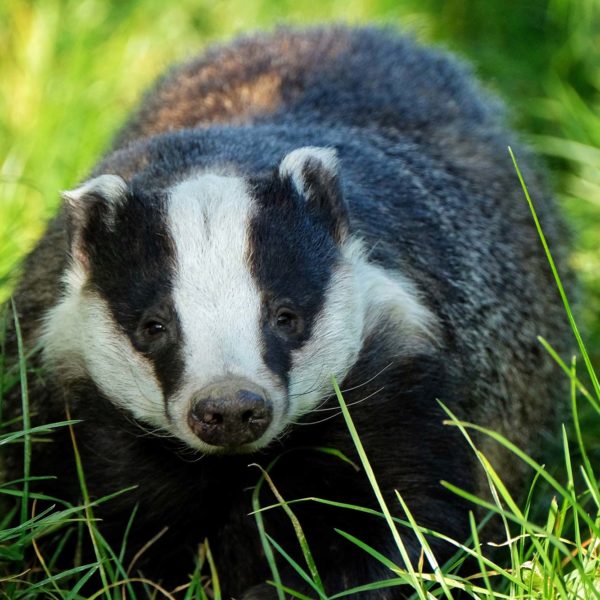Key Facts
- Length: up to 1.2m including tail
- Weight: 7-17kg
- Average lifespan: 3 years but can live up to 14 years in the wild
The Badger is our biggest land predator, a member of the Mustelid family and related to Stoats, Weasels and Otters. The Badger is just as common as the Red Fox, but more nocturnal and elusive in its habits.
Badgers live in large family groups in a burrow system known as a ‘sett’. An occupied sett can be recognised by the tidy burrow entrances, marked with piles of used bedding (hay and leaves), and by nearby latrine pits where they leave their droppings. They feed on small mammals, ground-nesting birds eggs, earthworms, fruit and roots and bulbs, which they dig up with their strong front paws. Cubs are born in January or February, but spend the first two or three months underground, only emerging in the spring.
How to Identify
An unmistakable animal; large and grey, with a short fluffy tail, black belly and paws and the familiar black and white-striped face.
Where to Find
Found throughout England, Wales, most of Scotland except for the far north, and Northern Ireland. Absent from Scottish Islands, the Isle of Man, the Isles of Scilly and the Channel Islands.
How People can Help
Badgers are currently under close scrutiny as carriers and transmitters of Bovine Tuberculosis (bTB) – a disease that affects our cattle. There are calls to cull badgers in areas where bTB is prevalent. But The Wildlife Trusts believe that the scientific evidence available does not support a cull (it would not decrease incidences of bTB transmission from badgers to cattle, but would simply disperse badger populations to the detriment of the countryside) and are urging for vaccinations against bTB to be the way forward. You can help by supporting our Badgers and bTB campaign.
Did You Know?
Badgers can eat several hundred earthworms a night! They’re also one of the only predators of hedgehogs – their thick skin and long claws help them to get past the spiny outside. If food is in short supply, badgers will forage during the day as well as at night. If there are badgers nearby, you can tempt them into your garden by leaving peanuts out – a tasty snack for our striped friends. The best time to spot Badgers is during spring, when the young cubs venture out of the den before nightfall.
Similar Species
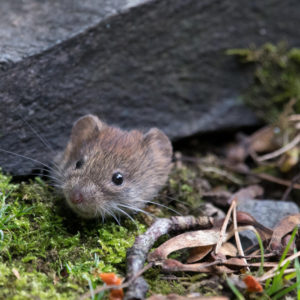
Bank Vole
- Mammals
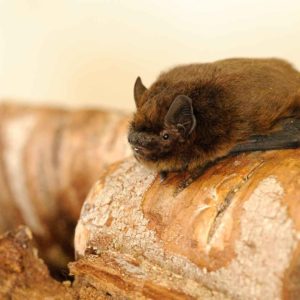
Common Pipistrelle
- Mammals
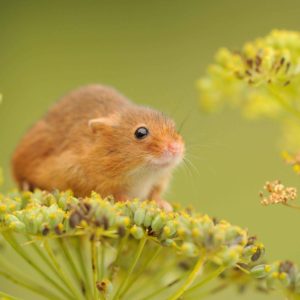
Harvest Mouse
- Mammals
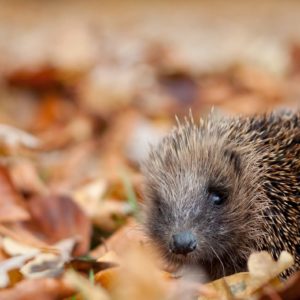
Hedgehog
- Mammals
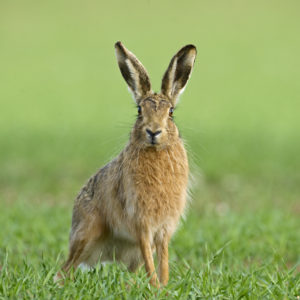
Mountain Hare
- Mammals

Otter
- Mammals
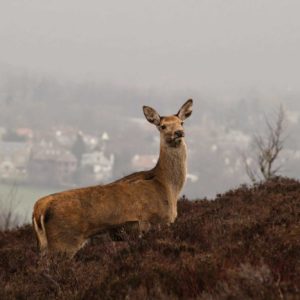
Red Deer
- Mammals
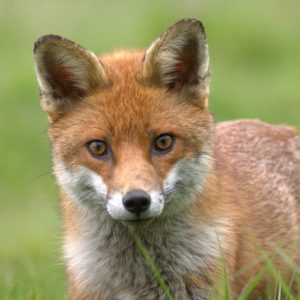
Red Fox
- Mammals
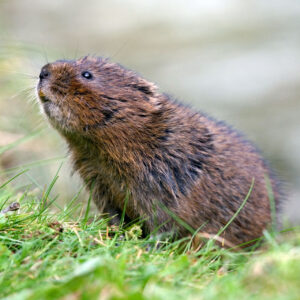
Water Vole
- Mammals
